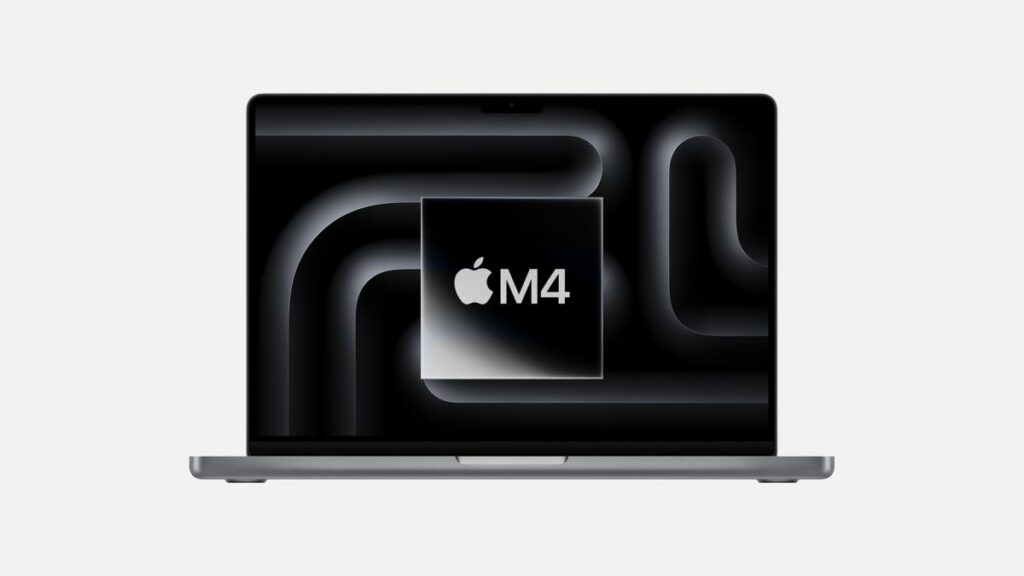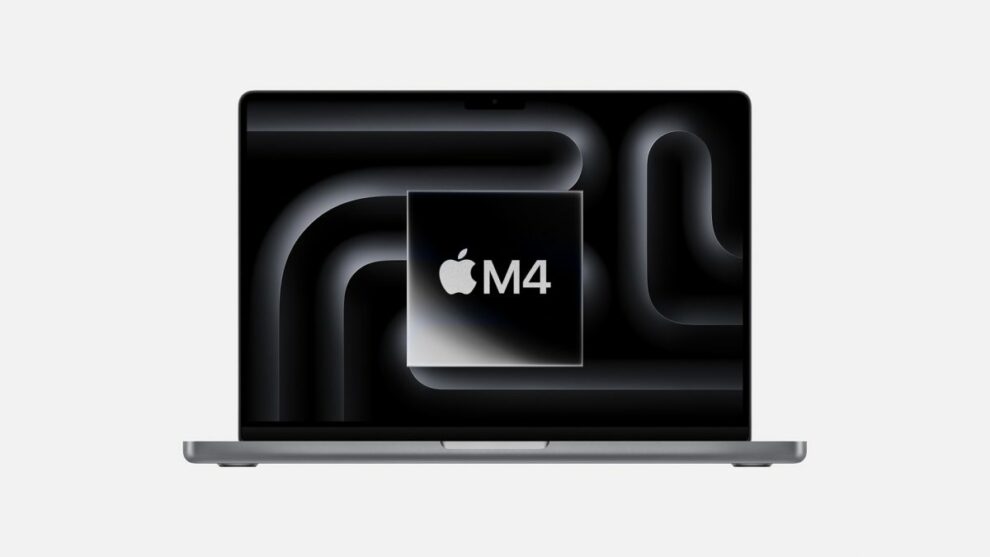A surprising discovery in Apple’s latest M4 Pro chip has revealed significant changes in how the processor handles power management, with new testing showing unprecedented performance drops in Low Power mode. This previously undiscussed aspect of Apple’s newest silicon generation could have major implications for users, particularly those relying on MacBooks for mobile computing.
Recent benchmark testing has uncovered that the M4 Pro exhibits a dramatic 55% performance reduction when operating in Low Power mode compared to High Power mode, a far more substantial drop than observed in previous generations. This finding, documented through extensive Cinebench R24 testing, marks a significant departure from Apple’s traditional approach to power management in its custom silicon.
The testing, conducted on both the Mac mini and 16-inch MacBook Pro equipped with the M4 Pro, shows particularly striking results in multi-core performance. While single-core performance follows more expected patterns with a 13% difference between power modes, the multi-core results reveal a much more dramatic impact. This disparity becomes even more noteworthy when compared to previous generation chips, such as the M3 Max, which only showed a 33% performance difference between its power modes.
Interestingly, this change coincides with Apple’s decision to extend power mode options to the “Pro” level chips for the first time, a feature previously reserved for Max variants. Users now have access to three distinct power modes: Low Power, Automatic, and High Power, with Automatic remaining the default setting. While the scaling between Automatic and High Power modes remains consistent with previous generations, the significant performance drop in Low Power mode represents a marked shift in Apple’s approach.
The implications of these findings extend beyond raw performance metrics. Apple’s recent claims of improved battery life for M4-equipped MacBooks take on new significance in light of these discoveries. With battery sizes remaining unchanged from previous generations, the more aggressive power management in Low Power mode could explain the extended battery life claims. This raises questions about whether users are trading more performance than before when prioritizing battery longevity.
The technical rationale behind this change could lie in Apple’s efforts to optimize the efficiency curve of the M4 Pro. The substantial impact on multi-core performance, coupled with the relatively modest effect on single-core operations, suggests a deliberate strategy to maintain reasonable power consumption in Low Power mode by aggressively limiting core utilization. This approach represents a significant shift in how Apple balances performance and efficiency in its silicon design.
The discovery also highlights the evolving nature of Apple’s chip design philosophy. While the M4 Pro demonstrates superior peak performance compared to its predecessors, with an 8% advantage over the M3 Max in High Power mode, the more restrictive Low Power mode results in performance that can actually fall behind previous generation chips. The M3 Max, for instance, maintains 27% better performance in Low Power mode compared to the M4 Pro.
These findings raise important considerations for potential buyers, particularly professional users who rely on sustained high performance. While the default Automatic mode maintains expected performance levels, users who frequently operate their devices in Low Power mode – whether for battery conservation or thermal management – might experience more significant performance trade-offs than with previous generations.
The impact of these changes may be particularly relevant for MacBook Pro users, who often need to balance performance with battery life. While the more aggressive power management might deliver better battery life, the substantial performance reduction could affect workflow efficiency when operating away from power sources. However, for users primarily working in Automatic mode or with consistent access to power, these changes may have minimal impact on their daily experience.
As the industry awaits more comprehensive testing across the entire M4 lineup, particularly the M4 Max variant, these findings provide valuable insight into Apple’s evolving approach to chip design and power management. The changes represent a significant shift in how Apple balances the competing demands of performance, efficiency, and battery life in its professional-grade silicon.
















Add Comment